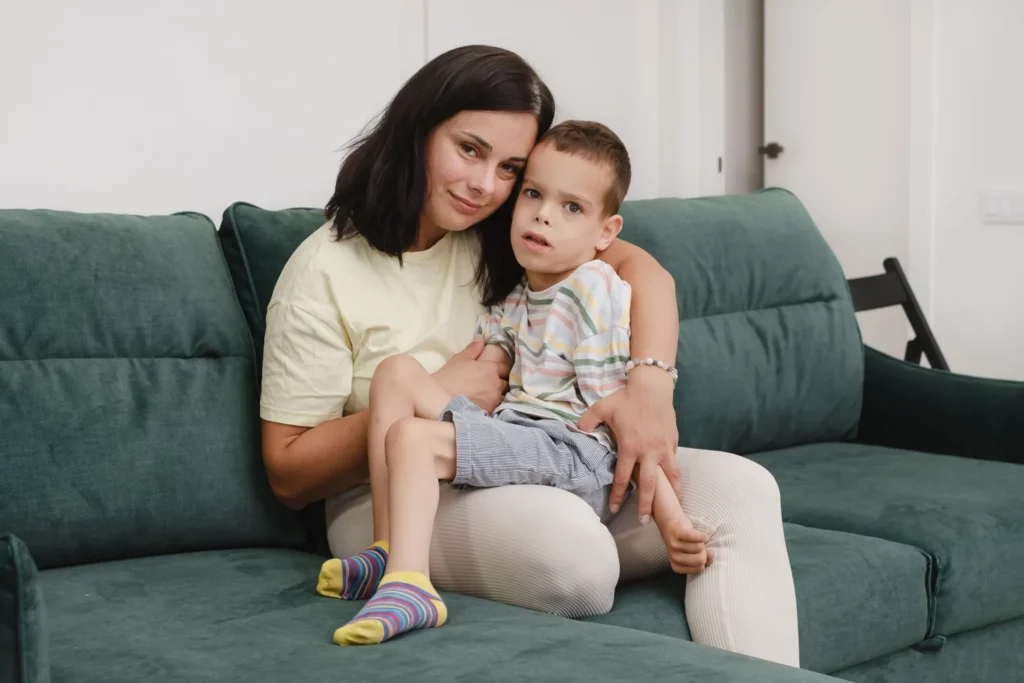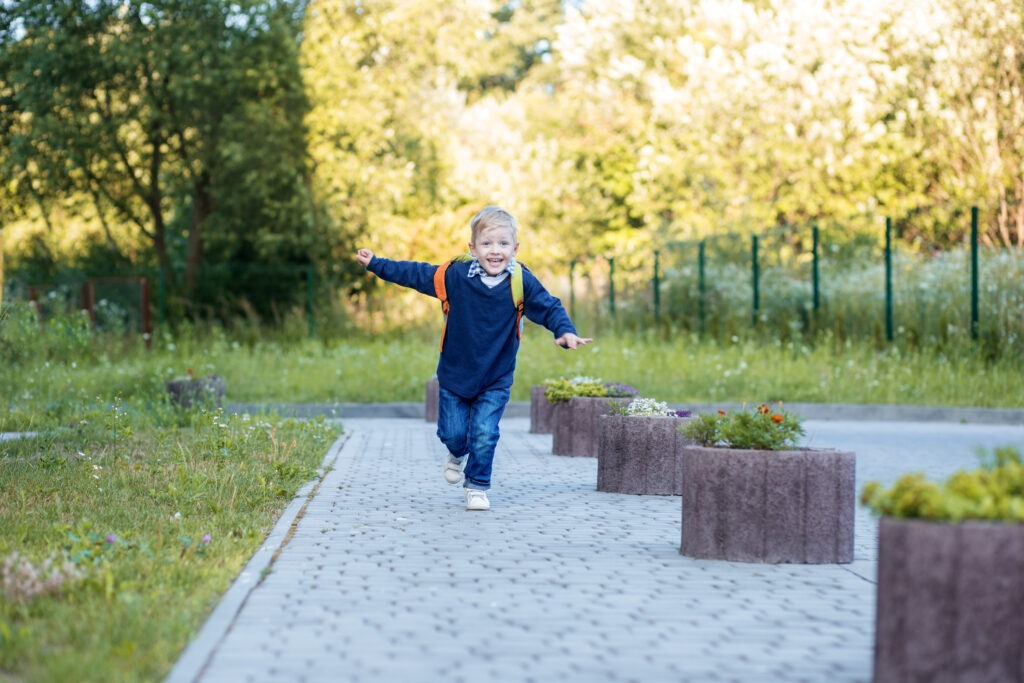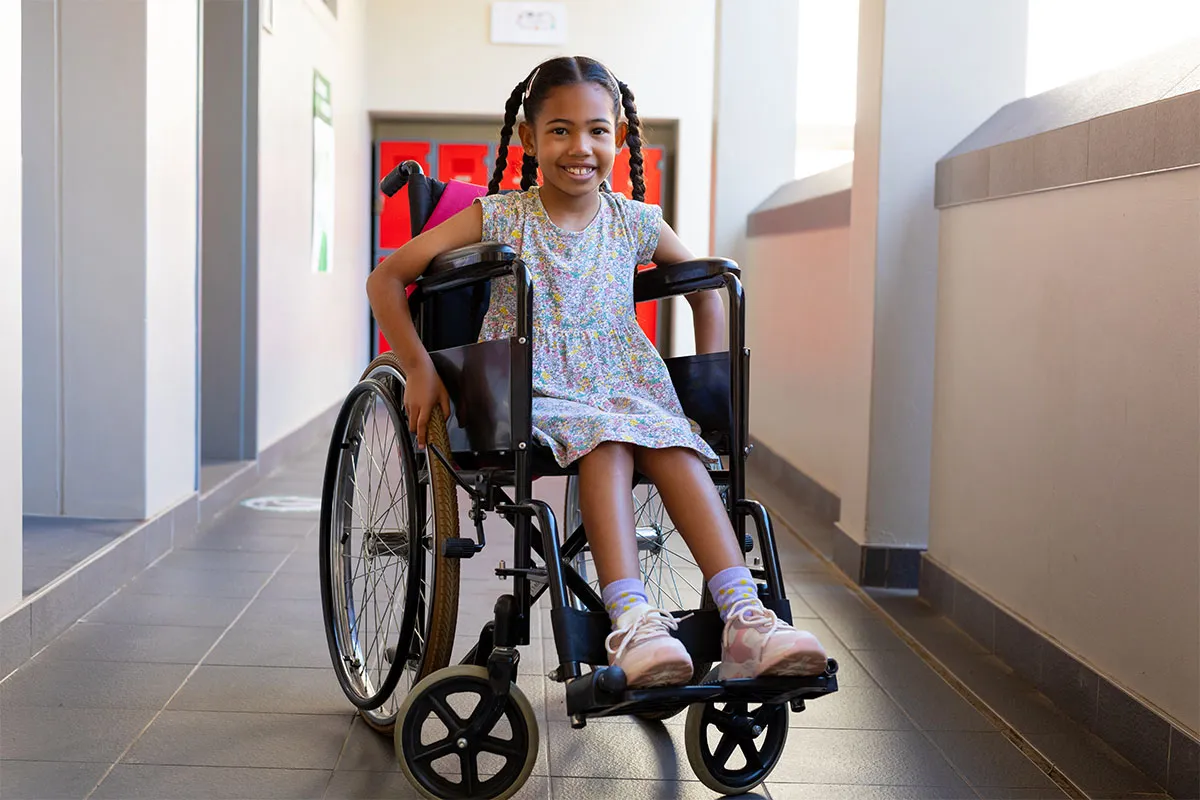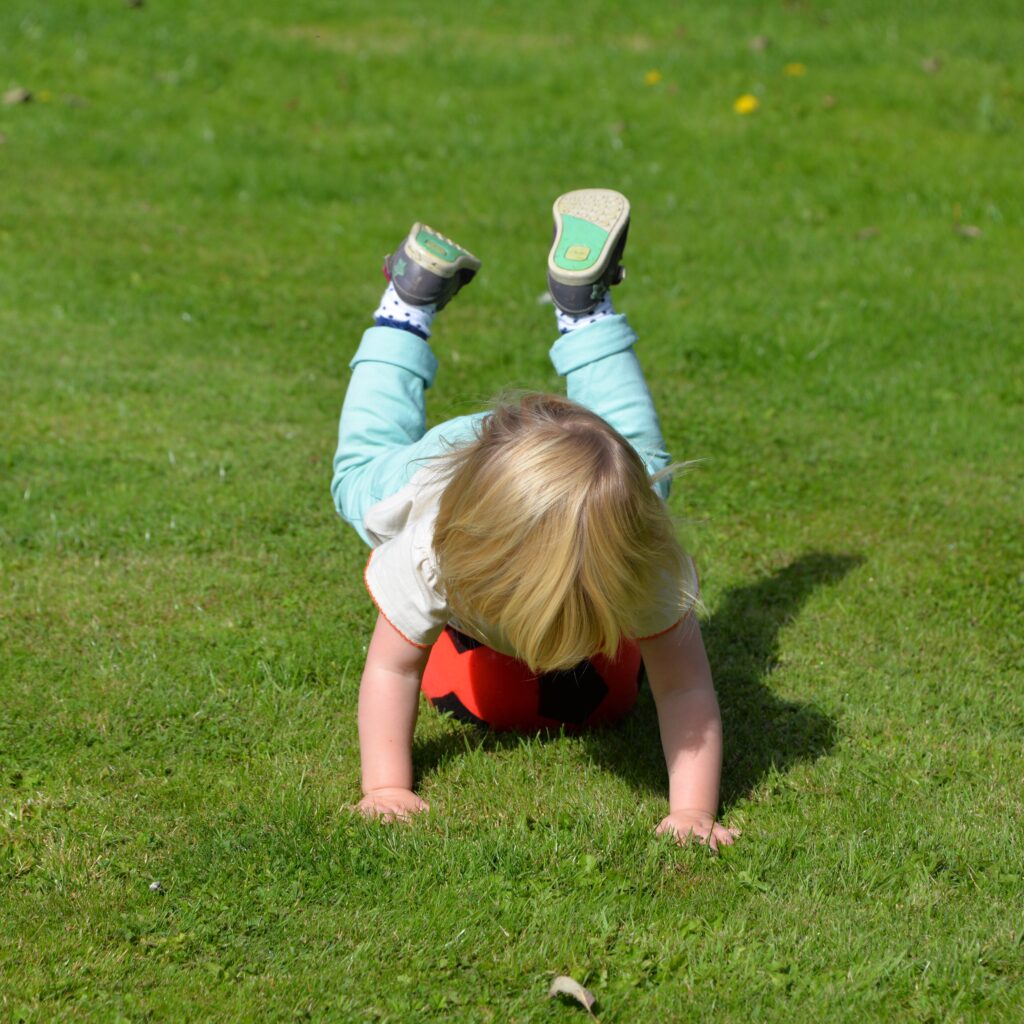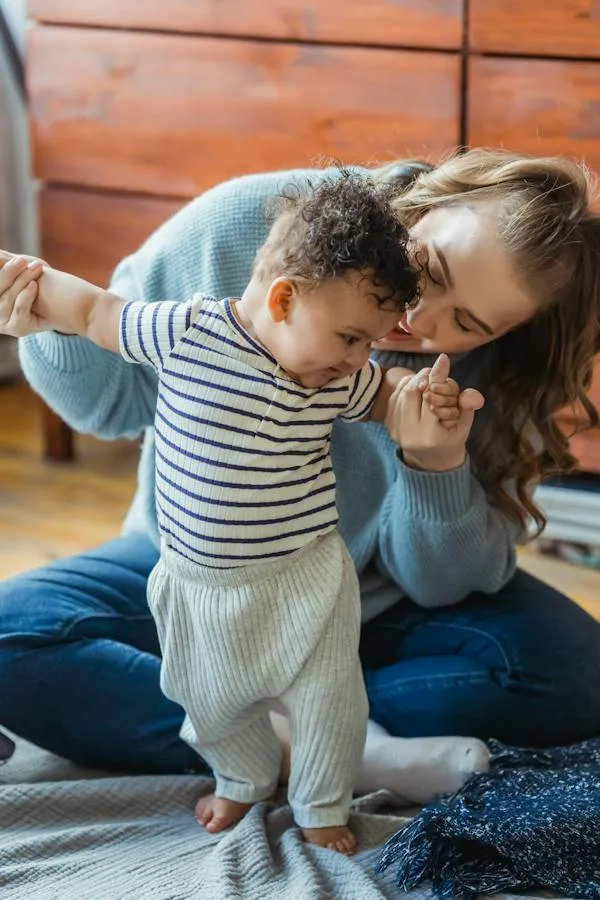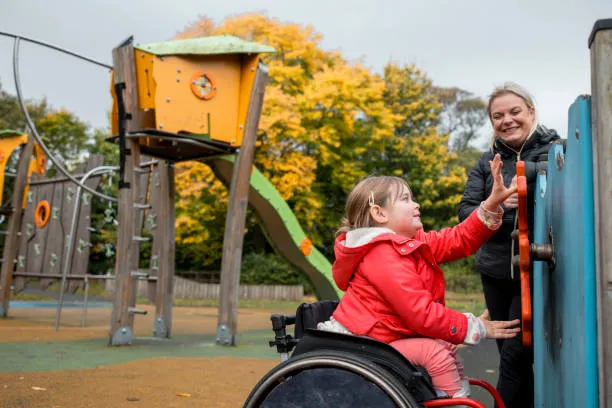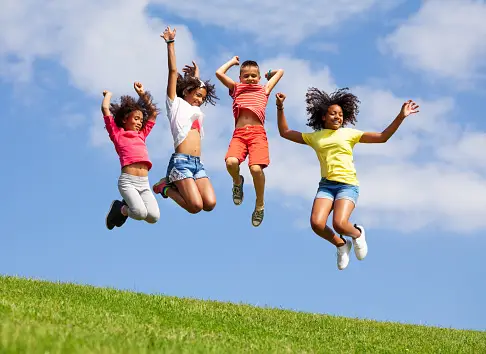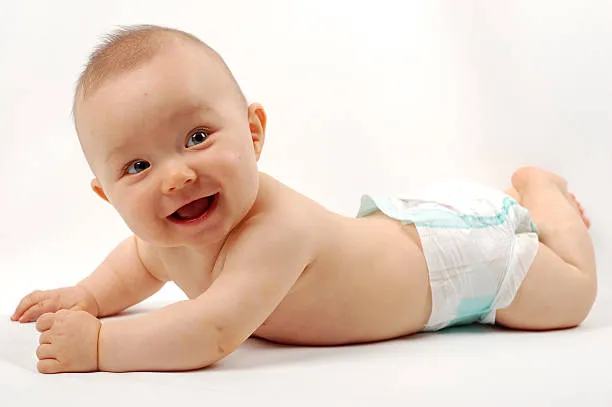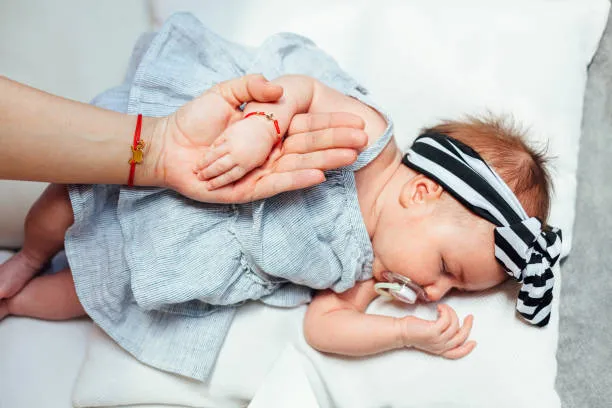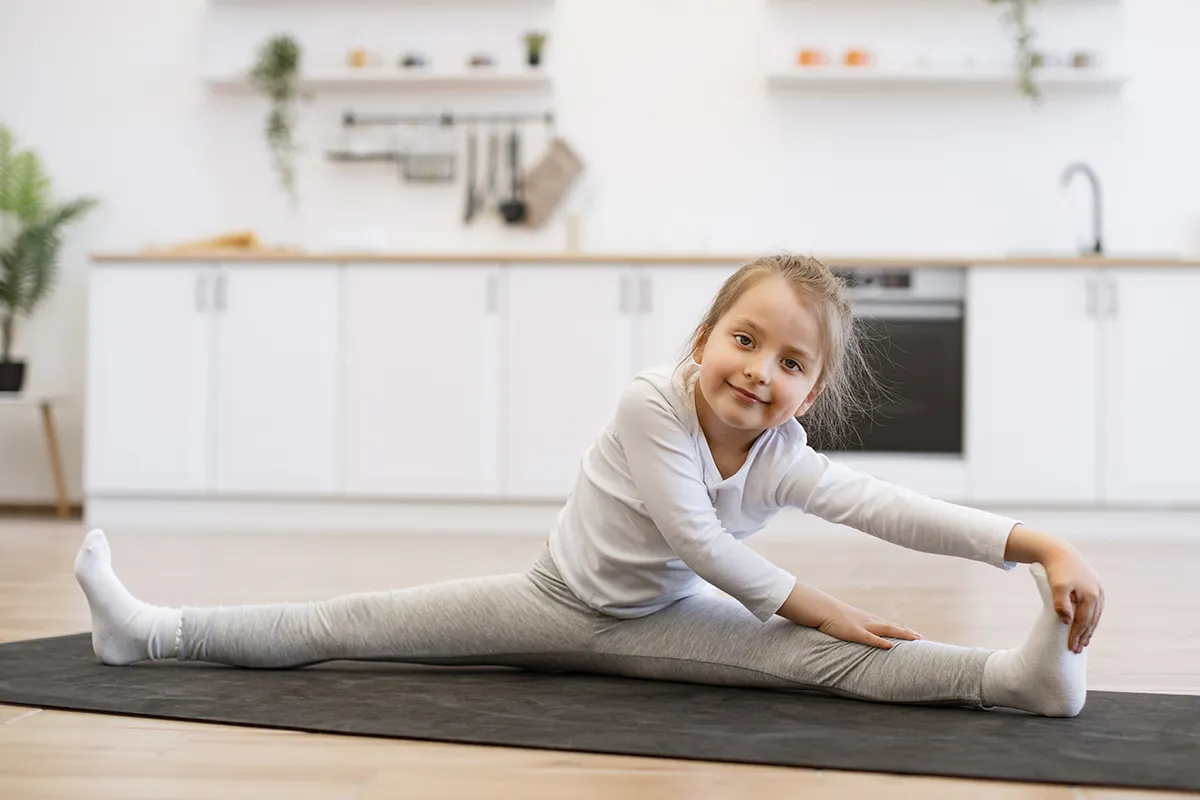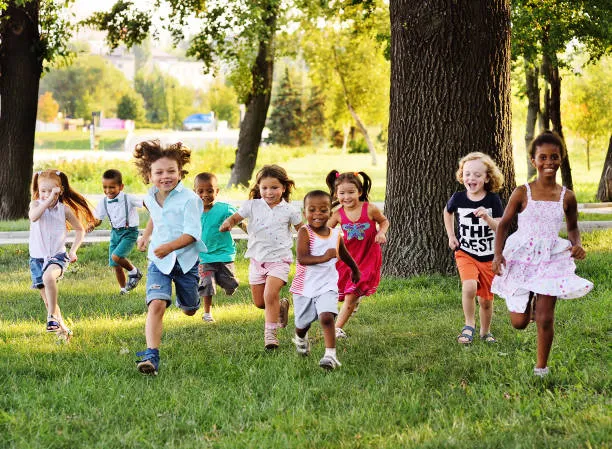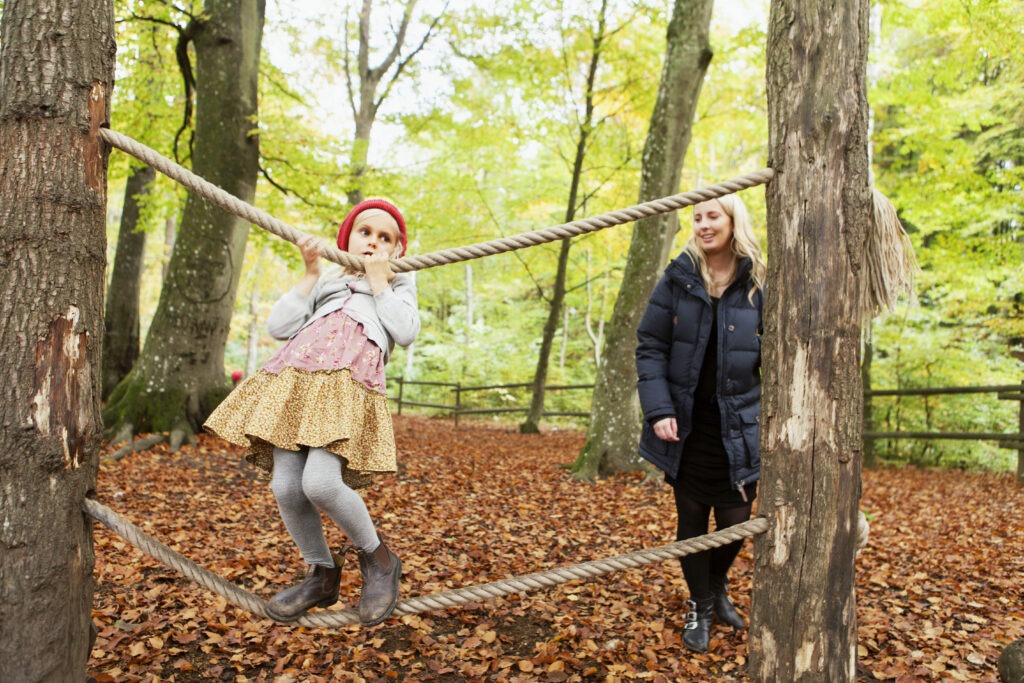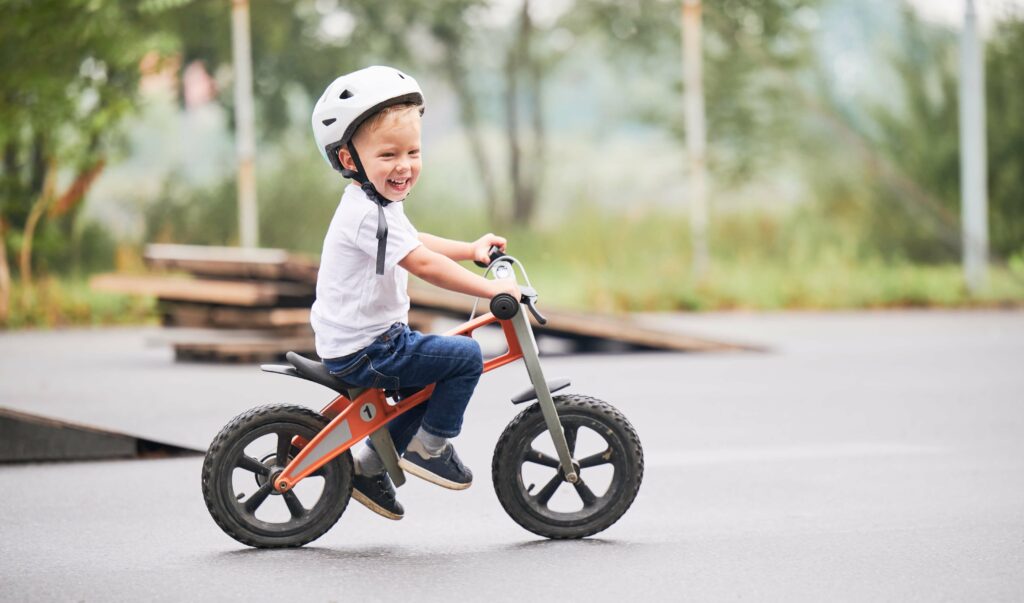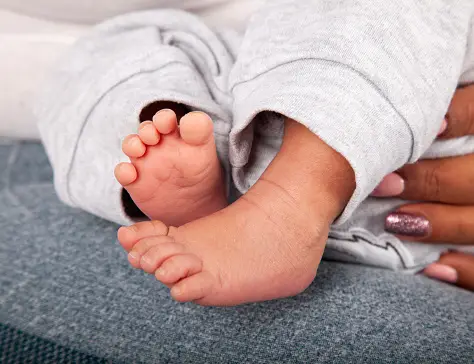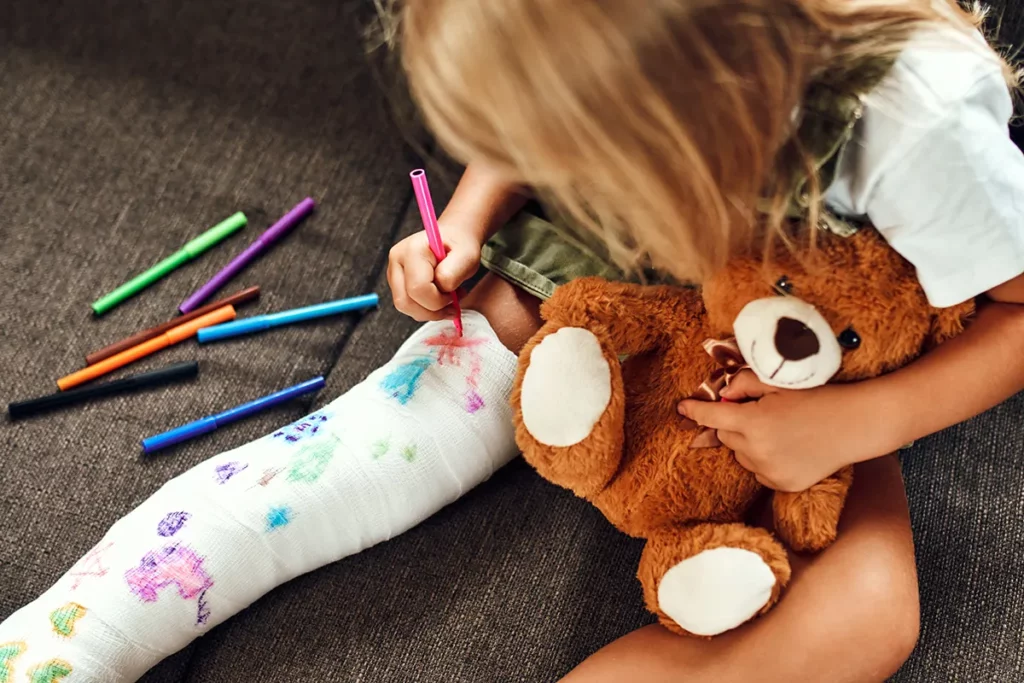Neurological Conditions
What is Cerebral Palsy?
Cerebral Palsy is a group of movement disorders caused by an injury to the brain, either before the baby is born, during the birthing process or occurring soon after birth. It results in a wide spectrum of difficulties which can affect a single limb or the whole body including issues with muscle control, muscle tone, posture, and balance. The symptoms may not be obvious at birth but become more apparent as the baby develops.
We know the importance of finding the right Physio to work with you and your child, and will discuss their needs before making a recommendation of the most suitable member of the team. If we don’t feel that we’re the best people to help, we’ll help you find the right person.
- Delayed motor development
- Poor coordination of movement
- Looking to one side only or moving one arm and leg more than the other
- Always kicking both legs together
- Lack of varied movements
- Stiffness or floppiness when being held, moved, dressed, or at nappy changes
- Difficulties with feeding
- Poor head control
- Thorough physical assessment and identification of needs.
- Hands on treatment to guide movement, motor development, muscle strength and motor control.
- Management of abnormal muscle tone – intensive intervention following a period of serial casting, botulinum toxin injections or surgery (bone surgery, muscle lengthening surgery or selective dorsal rhizotomy surgery).
- Provision of a daily home programme for parents and care givers to integrate into their child’s routine to optimise outcomes.
- Recommendation of specialist equipment to promote function and postural alignment. This may include walkers, standing frames, specialist seating and sleep systems.
- Monitor orthopaedic changes and liaise with specialist services and the multidisciplinary team to ensure holistic care provided.
